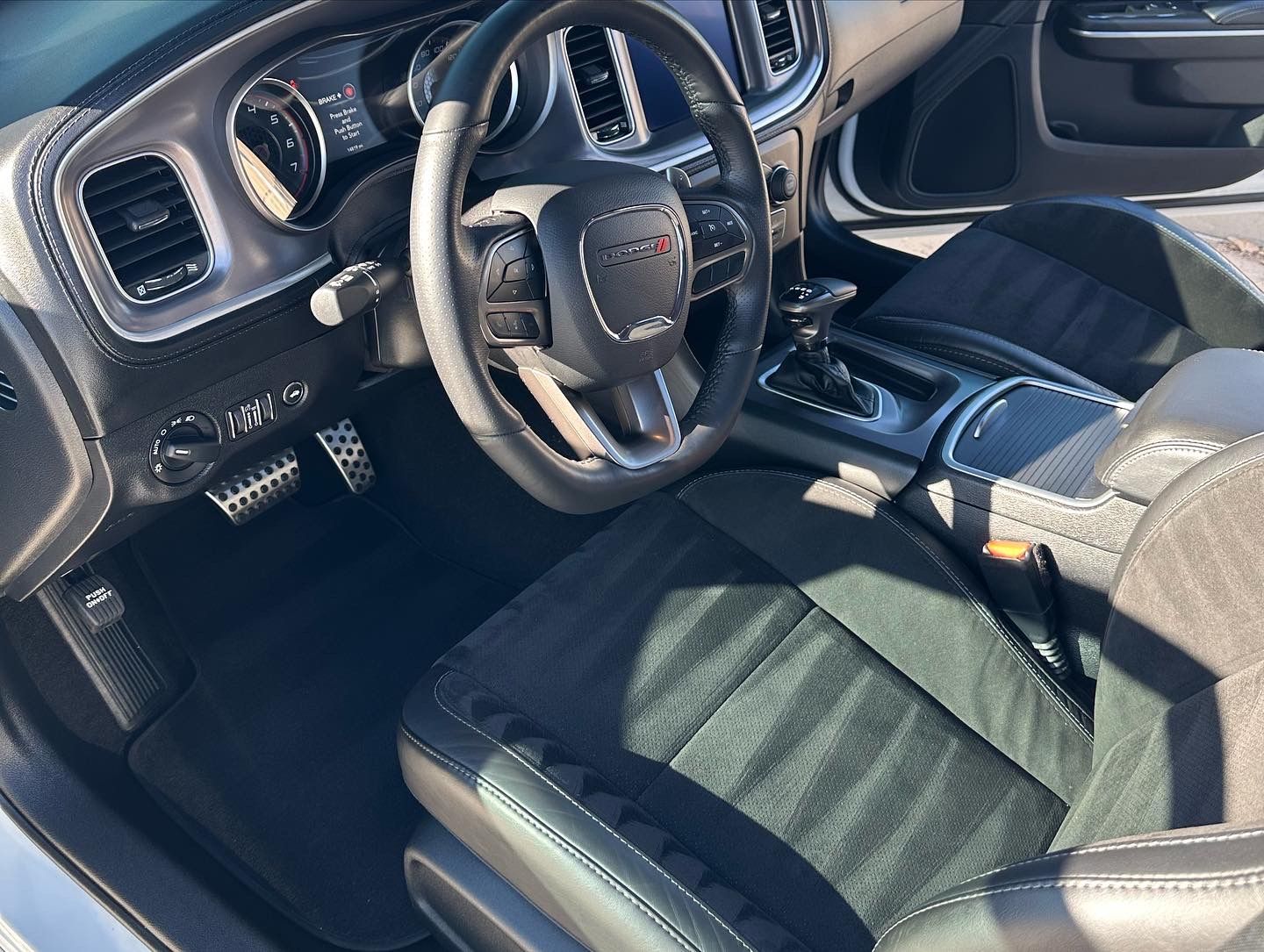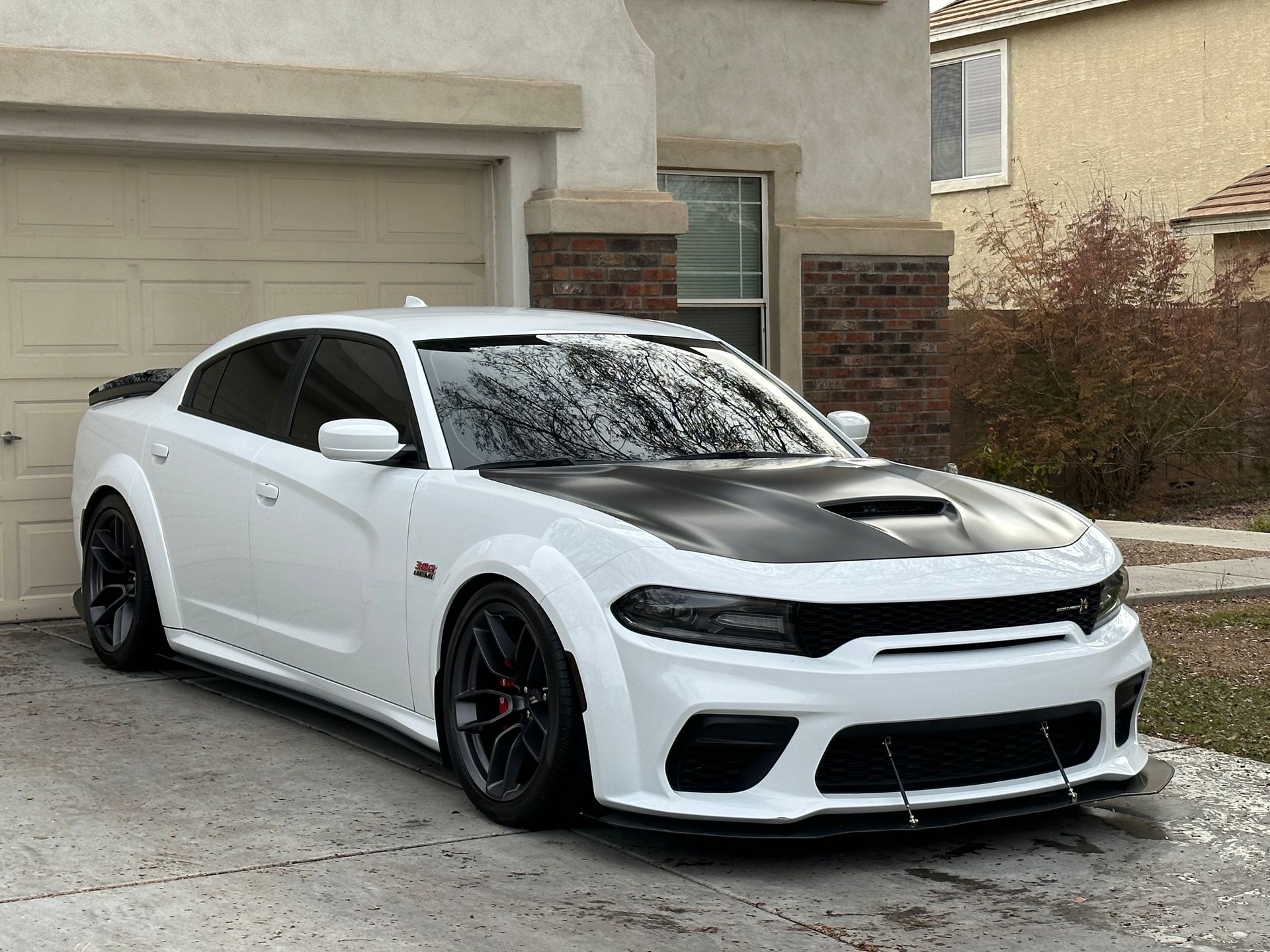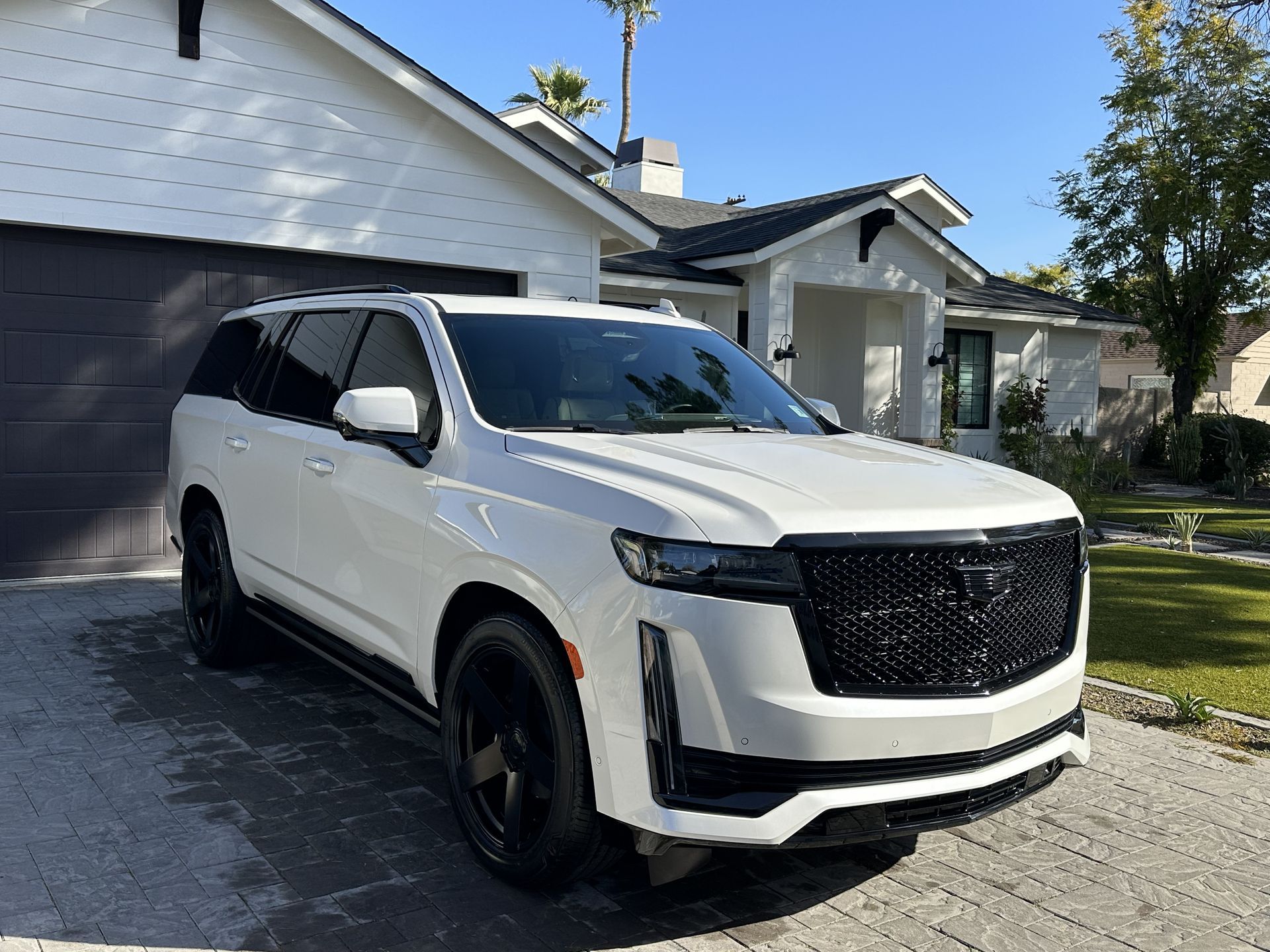SHINE LIKE NEVER BEFORE! Get $25 Off Any Service – Use Code: "WASH" AND BOOK NOW!
How Often Should You Get Your Car Fully Detailed? A Comprehensive Guide
CALL (602) 545-6288
GET A FREE ESTIMATEKeeping your car looking pristine can often feel like walking a fine line between diligent care and unnecessary expense. When you’re passionate about vehicles and enjoy those weekend road trips, it’s understandable that you’d want your ride to always appear at its best. But how often should you actually get your car fully detailed? This guide was painstakingly crafted from professional insights and real-world experiences to give you clear answers, cutting through any guesswork you might have.
It is generally recommended to get your car fully detailed 2 to 3 times a year, or once every 4 to 6 months. However, factors such as usage, climate, and personal preference can influence the frequency. For example, if you drive in harsh conditions or frequently park outdoors, you may need to consider more frequent detailing to maintain your car's appearance and resale value.
What Does a Full Car Detail Entail?
A full car detail is like giving your vehicle a spa day—where every nook and cranny is cleaned, polished, and pampered. It's not just about a quick wash and vacuum; it's about restoring your car to its showroom condition. This meticulous process involves attention to detail in both the interior and exterior aspects of your car.
Exterior Detailing
When it comes to exterior detailing, it's all about bringing back that glossy shine and protecting the paint from the elements. Here's what the process typically includes:
- Wash & Dry: A gentle and thorough hand wash to remove dirt and grime, followed by a meticulous drying process to prevent water spots.
- Claying: Using a clay bar to remove embedded contaminants from the paint surface, leaving it smooth and clean.
- Polishing: This step focuses on eliminating minor scratches, swirl marks, and oxidation to restore the paint's shine and luster.
- Applying Protective Coatings: Applying a protective coat of wax or sealant to shield the freshly polished paint from environmental hazards like UV rays, bird droppings, and water spots.
Giving attention to every inch of your vehicle's exterior not only enhances its appearance but also provides vital protection against the elements. The combination of claying, polishing, and applying protective coatings ensures that your car's paint is safeguarded from environmental damage while maintaining a stunning finish.
Interior Detailing
The interior detailing process dives deep into cleaning every surface within the cabin, ensuring a pristine and inviting environment for you and your passengers. Here's what interior detailing typically encompasses:
- Vacuuming: Thoroughly vacuuming all interior surfaces, including seats, carpets, floor mats, and the trunk area, to eliminate dust, debris, and crumbs.
- Steam Cleaning: This step targets deep-seated grime, stains, and odors within the upholstery and carpeting using specialized steam cleaning equipment.
- Leather Treatment: Conditioning leather surfaces to prevent aging, cracking, and fading while maintaining their supple texture.
- Glass Cleaning: Ensuring that all windows, mirrors, and glass surfaces are meticulously cleaned for clarity and visibility.
By focusing on the minute details of interior detailing—such as steam cleaning fabric upholstery or conditioning leather seats—the aim is to not only maintain cleanliness but also extend the longevity of these surfaces. In essence, a full car detail is an extensive rejuvenation session for your vehicle from top to bottom—a thorough treatment that preserves its appearance, safeguards its surfaces, and elevates your overall driving experience.
Frequency Factors
Maintaining your car's appearance is important, and regular detailing plays a significant role in that. The question is, how often should you be doing it? Well, that actually depends on several important things.
Environmental Conditions
One of the key factors to look at is where you live. If you live in an area with harsh weather conditions—like snow, rain, or extreme heat—it can have a big impact on your car. All those weather elements can do damage to your paint and can also make your car get dirty very quickly. So if you live in a place with tough weather, you might need to detail your car more often than someone living in a milder climate. For extreme conditions, detailing every 3-4 months might be necessary to keep your car looking its best.
Driving Habits
The way you use your car also affects how often you need to get it detailed. People who drive often—for example, daily commuters or those who take long road trips—expose their cars to more dirt, grime, and other contaminants. This means they might need to get their car detailed more frequently, maybe every 2-3 months. On the other hand, people who don't drive as much and mostly stick to short trips may find that they can go longer between detailing. A biannual schedule may work well for them.
Vehicle Storage
Where you park your car makes a difference too. Cars that are parked outside are exposed to the elements all the time—sun, rain, wind, dust, and more. This means they're likely to get dirtier faster and need detailing more frequently compared to cars that are kept safe and clean in a garage.
Personal Preferences
And of course, there's personal choice too. Some people just really like keeping their car looking shiny and new all the time! If appearance is really important to you, then you might opt for more frequent detailing sessions—every 2-3 months perhaps. However, if you're okay with a less pristine appearance and prefer not having to worry about detailing so often, a biannual schedule might suit you better.
So yes, when deciding how often to get your car fully detailed, it really comes down to these key factors: where you live, how much you drive, where you park it, and what matters most to you personally. Understanding these factors will help you set up a detailing schedule that works best for you and protects your investment for years to come.
Maintaining Appearance Between Details
So, you've just had your car detailed, and it looks fantastic. But how do you keep it looking that way? Regular maintenance is essential to keeping your car looking clean and well cared for. This not only enhances its appearance but also protects its exterior and interior surfaces from damage.
- Regular Washing: Washing your car every 2-3 weeks might seem excessive, but it's important for keeping its exterior in top condition, especially if you frequently drive in dusty or dirty areas. Surface dirt can gradually build up and affect the paint, so a regular wash helps remove these contaminants and prevents them from causing lasting damage.
- Quick Interior Clean-ups: Similarly, quick interior clean-ups every 1-2 weeks can prevent the buildup of dust, crumbs, and other debris that can wear down your upholstery and surfaces over time. Vacuuming and wiping down interior surfaces not only maintains a fresh and pleasant environment inside the car but also prevents these particles from settling in and becoming difficult to remove.
- Use Car Covers: If you park your car outside, it's worth considering using a car cover. This extra layer of protection shields your vehicle from the sun's UV rays, dust, bird droppings, and other environmental elements that can degrade the paint and finish. It's like giving your car a protective shield against nature's unwanted surprises.
By adopting these practices as part of your regular maintenance routine, you can help keep your car looking great between full details while also protecting its overall appearance and value.
Benefits of Regular Details
Regular car detailing offers a multitude of advantages. Firstly, it provides an enhanced appearance. The thorough cleaning, waxing, and polishing performed during detailing sessions significantly improve the overall look of your car, ensuring that it always looks its best. This improved appearance not only helps you make a positive impression but also adds a sense of pride in owning and driving your vehicle. Moreover, regular professional detailing can positively impact the resale value of your vehicle. Well-maintained cars typically fetch higher resale prices due to their maintained condition and attractive appearance. Potential buyers are often willing to pay more for a used car that has been consistently detailed, as it signifies careful ownership and meticulous upkeep.
Another key benefit is longevity. Consistent scrubbing, cleaning, and application of protective treatments can prolong the life of your car's surfaces. Exterior detailing protects the paint from damage caused by UV rays, oxidation, and contaminants, thereby lengthening the lifespan of the vehicle's exterior components. Likewise, interior detailing maintains the condition of the upholstery, dashboard, and other interior surfaces, which might wear down over time if left unattended.
On the flip side, there are some drawbacks to consider when it comes to regular professional detailing. Firstly, the cost can be quite significant. Professional detailing services can range from $150 to $500 or higher per session, depending on the level of service provided and the size of your vehicle. While the cost reflects the high-quality services offered, frequent detailing sessions can add up over time. Additionally, one should consider the time-consuming nature of professional car detailing. The detailed process can take several hours to complete, making it inconvenient for those with busy schedules or those who rely heavily on their vehicles for daily transportation.
While regular car detailing offers numerous benefits such as enhanced appearance, increased resale value, and prolonged vehicle longevity, it's important to carefully weigh these advantages against the potential drawbacks such as cost and time commitment when considering how often to get your car fully detailed.
Professional vs. DIY Detailing
When it comes to cleaning your car, you have two main choices: leaving it to the professionals or taking matters into your own hands. Let's explore both options in detail.
Professional Detailing
If you choose to have your car professionally detailed, you're essentially entrusting the responsibility to experts who possess the specialized skills and equipment necessary for the job at hand. These professionals provide comprehensive services, including a more thorough cleaning process compared to what you might achieve on your own. They utilize advanced products and techniques that can restore your car's appearance and protect its surfaces effectively. However, this level of service comes at a cost. On average, professional detailing can range from $150-$500 per session. Although it might seem expensive, it's an investment that pays off in value retention and satisfaction.
DIY Detailing
Taking on the task of detailing your car yourself can be significantly more cost-effective. This approach allows you to save money, especially if you plan on doing it frequently. One key advantage of DIY detailing is having complete control over the products and methods used. You get to choose exactly what goes into the process, ensuring they align with your standards and preferences. This means that if you have specific concerns or priorities for your vehicle, you can address them directly without any communication barriers. However, unlike professional detailing, DIY requires a certain level of knowledge and skill to execute effectively. It can also be labor-intensive and time-consuming. If you're committed to maintaining your car's appearance and condition on your own, be prepared to invest a significant amount of time and effort into the process.
For many people, the decision between professional and DIY detailing often comes down to weighing the costs against personal time and commitment. Whether you opt for professional services or decide to tackle the project yourself, it's essential to consider factors such as cost, expertise, control, and individual preferences when making this choice. Both options have their merits and drawbacks, so take some time to consider which approach aligns best with your needs and resources.
Suggested Timelines
Let's break it down: different cars have different needs, and the level of care your vehicle requires changes depending on its usage, storage, and exposure to environmental elements. Here's a guide to help you determine how often your car should be fully detailed:
- New Cars: If you've just purchased a new car, congratulations! Regular detailing every 6 months is recommended to maintain its fresh look and preserve any protective coatings applied during the manufacturing process. This will keep the exterior looking polished and ensure that protective layers remain effective in shielding the vehicle from harm.
- Daily Drivers: For those who rely on their cars for daily commutes, exposure to road contaminants is higher. As a result, a more frequent detailing schedule is required. Detailing every 3-4 months will help in maintaining the vehicle's appearance and protecting it from the effects of regular exposure to dirt, pollution, and weather conditions.
- Weekend Cars: If you have a car that is only driven occasionally or on weekends, the frequency of detailing can be less compared to daily drivers. However, this can vary depending on storage conditions and usage frequency. A good rule of thumb is to consider scheduling a detail every 6-12 months to keep the vehicle looking its best and protect it from potential damage due to extended periods of inactivity.
- High-End Luxury Cars: Luxury vehicles deserve extra attention. Frequent detailing every 2-3 months is advisable to ensure that these cars retain their exceptional aesthetic appeal and value. Investing in regular professional detailing for luxury cars helps maintain their pristine appearance and protects their value over time.
These suggested timelines provide a general framework for maintaining your vehicle's appearance and value. However, individual circumstances such as environmental factors and specific usage patterns might necessitate adjustments to these timelines. Each car has unique needs, so a personalized approach adapting to its requirements is crucial for preserving its condition and value. By understanding the specific needs of your car and adhering to an appropriate detailing schedule, you can ensure that your vehicle retains its beauty and value for years to come.
Trusted Full Auto Detailing Services in Phoenix, AZ
Experience the convenience and quality of Adrian & Sons Mobile Auto Detail, your trusted choice for full auto detailing in Phoenix, AZ. Our expert team offers a complete range of detailing services, from thorough interior cleaning to precise exterior care, all delivered right to your door. Using premium products and proven techniques, we ensure your vehicle looks pristine inside and out. Book your mobile detailing service with Adrian & Sons today and enjoy exceptional results wherever you are! Call us at (602) 545-6288 to get started!
Share with your friends
Adrian & Sons Mobile Auto Detail Blog
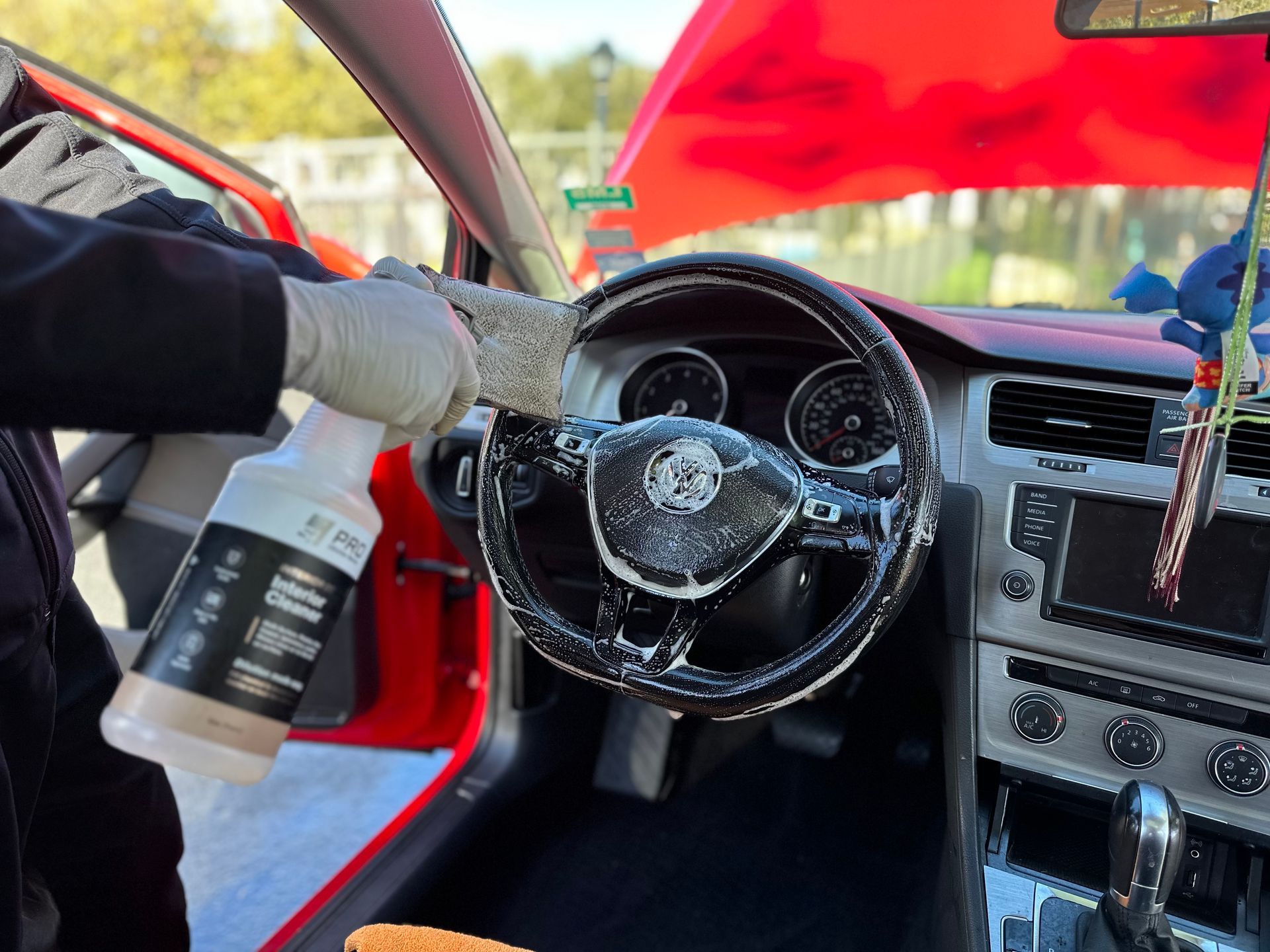
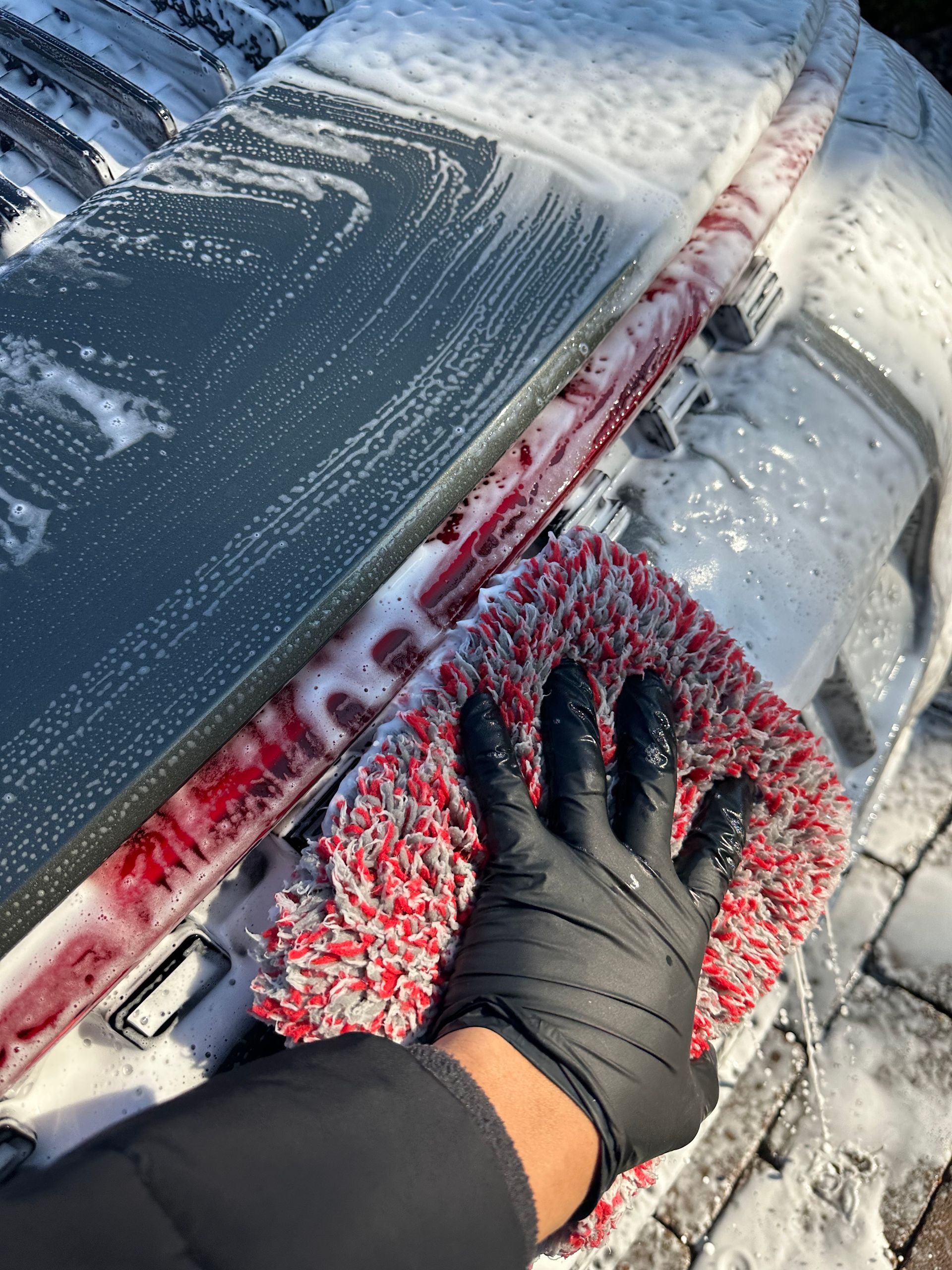

Bringing Back The New Car Feeling
Adrian & Sons Mobile Auto Detail is the Phoenix, Arizona area’s leader in mobile auto detailing and paint enhancement services. Founded first in 2017 and quickly expanding both our reach and our services to include all types of detailing and full package detailing services, our team knows how to work with various makes and models, conditions, and a wide range of ages of automobiles. We are a proud Shine Supply certified detailer along with having worked in the industry for several years, mastering our skills and refining our customer service to give you and your ride the best results possible!
Quick Links
Our Location
Serving Phoenix, AZ and the surrounding areas. We offer mobile services!
Connect With Us
Phone: (602) 545-6288
Designed by the team at Detailers Roadmap, a platform developed for detailing operators across the globe.
All Rights Reserved | 8bitcreative, LLC | Adrian & Sons Mobile Auto Detail



